On a bright Autumn morning, I’m back at Elephant Hill in Te Awanga. This time it is to have a catch up with winemaker Hugh Crichton – to see what changes he’s been making since his move there. General Manager Simon Swa. Simon had asked me what I hoped to get out of this visit, and I said ‘a glimpse of the future’. And then I guess I’ll come back another year and see what’s changed in the glass.
Elephant Hill have three core vineyards. The Te Awanga vineyard which they are calling the ‘Sea’ vineyard; the Gimblett Gravels vineyard which is the ‘Stone’ vineyard; and Bridge Pa which is ‘Earth’. Within those sites they have the various varieties. I would agree that the name conjures up things in consumers minds. When you say ‘the Sea vineyard situated close to the Pacific Ocean’ they are already starting to form an opinion – that it might be a higher acidity or a fresher wine. When you say ‘stone’ you’re thinking of hot stones and warmth, and fuller, richer wines. I think descriptors like that evoke something, a lot more than just the name of a vineyard.
I always say that the more people get the story, then the higher understanding they’ll have of what’s in the glass. Calling it ‘Block X’ doesn’t really do that does it? Earth or Gravels – that’s a language that is evocative.
When the Elephant Hill winery was built, it was set up with quality in mind and also with small batch winemaking in mind. With lots of small individual tanks, open top fermenters. Four individual Barrel halls with their own temperature settings. When I was here last, Steve Skinner talked about lots of picks, keeping every clone separate and every section of the vineyard separate. I start with a tour of the winery with Hugh and as we start to chat (starting with Chardonnay) he is immediately enthusiastic…
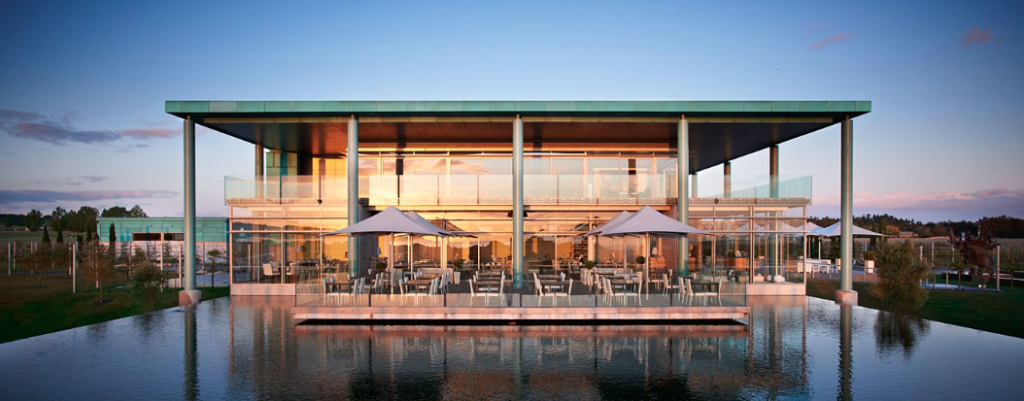
Hugh Crichton: It’s a nice winery to work in and well set up. Not how things were set up in the Vidal winery which was so old. This is a really easy winery to work in. Mentally, it’s a good thing to come into a winery that is clear and open”.
WineFolio: What are your plans with the Chardonnay?
HC: It’s no surprise that I love Chardonnay, and we have some really amazing Chardonnay blocks. We’re pretty positive about the future of Chardonnay in Hawke’s Bay. Our core varieties are Chardonnay and Syrah. We’re going to plant some Chardonnay in the Gimblett Gravels this year. I’m hoping we’ll use Clone 15, it has lovely acidity, doesn’t get too overblown and keeps freshness which is important at the Gimblett Gravels being a bit warmer. So we’ll have Earth, Sea and Stone chardonnays which will be really interesting. We have that with Syrah already – we haven’t released a Sea Syrah yet, but we’ll be doing that from the ’20 vintage.
Our process across all the Chardonnays is pretty standard. Hand-picked, whole bunch pressed, juice to barrel, naturally fermented and then some natural malo if the wine needs it. I think I’ve inoculated for malo in Chardonnay once – that was in 2012, a very high acid year. If the wine needs it we’ll let it go, but if it doesn’t need it then we’ll cool it right down so that it doesn’t.
This wine – unfinished obviously, but there’s not much to do it. There’s a mixture of clones – we’ve got some french clones in Bridge Pa – 548 and 1066, and then there’s some 15 and Mendoza in there as well. We tend to see a bit more richness from the ‘Earth’ vineyard but there’s still some nice acidity.
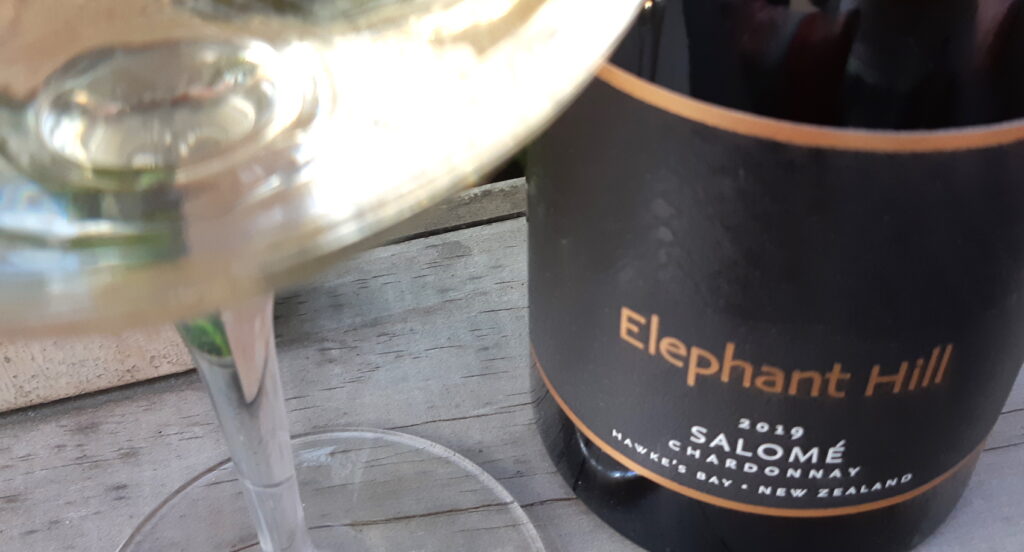
WF: It has a real elegance, but also that distinctive grapefruit pithy quality. It’s not overblown but it does have some power and drive there, clearly. Do you have a focus on when you pick, to set up the style?
HC: Yes, that helps the framework. It’s very easy to pick Chardonnay too late, and you lose the essence of it. This now, the ‘Sea’ is Clone 15.
WF: Hmmm, quite different isn’t it? Floral! I expected it to be quite peachy, from what’s on the nose, but it’s not like that on the palate. It’s very defined and tight in the palate.
HC: Good acidity – almost limey citrus to it. Quite salivating.
The Salomé is actually 80% from here, then 20% from Bridge Pa. It’s about what think is the best Chardonnay we can make from that year. It will vary every time. We looked at 100% from here, but that one barrel just gave it a bit extra.
WF: Do you do much lees stirring?
HC: We do early on, and then we just leave it. There’s a bit of an anti-stirring thing. I actually think it keeps the wine fresh, because when you stir those lees back up into the wine it scavenges oxygen, and it does keep the wines quite tight. I think a lot of that anti-stirring thing is being driven by Burgundy producers who are pulling back on it, and whether they think it is related to the pre-mox issues they’ve had.
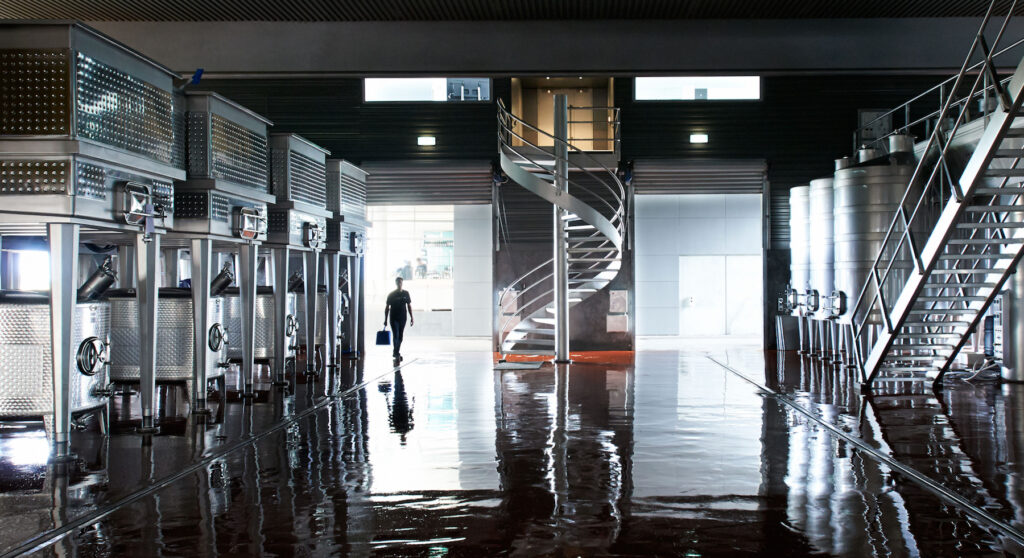
WF: That’s a cracker. A bit more richness, slightly wider shouldered and not as tight as that 100% Sea Chardonnay one.
HC: Some of that comes from that one barrel of Earth vineyard.
WF: Is there anything that you’re looking to change – from a method point of view?
HC: Not hugely. It comes down to the wine style, and the desire for a certain style. Fresher, good acidity – which they always had anyway, but we’re doing a lot more juice direct to barrel. As opposed to putting it to tank, settling it. We changed the process a little bit around that. It does simplify things because you can just line the barrels up next to the press (laughs) and it’s one less movement for the wine.
You can press to tank, and cool the tank right down so the juice gets quite clear. And that was the old way of doing it in New Zealand. You’d use heaps of energy to cool it down, then warm it back up, and then inoculate it. For me, a lot of those wines lack interest.
WF: Absolutely I agree. They might have that purity and clarity of flavour but they lack a bit of character – a bit one dimensional. You’d rather be a wine that a few people absolutely love, than one that everyone thinks is OK.
HC: We’re pretty clear in our style, and that’s dead right you know. If we can find people who like our style, which is really a reflection of the vineyards, then we’ll keep doing that.
WF: Are you making any changes with the oak going forward?
HC: We’ve changed up the Coopers a little bit, and where we’ve kept the Coopers the same, we’ve changed the toast levels. So we’ve pulled the toast levels back – using light and medium toasts predominately. With tight grain. I’ve got some clear preferences on who I use. Two or three that are core to the wine. I mean, we’ll trial Coopers now and then.
WF: Do you get to go out and about and discover? Trips to Australia, or Europe, to see what’s going on?
HC: Before we came back to New Zealand, we lived in the UK for thirteen years. We went to Burgundy probably about eight times! So I’ve tasted pretty extensively there, but also, we were based in London, and as you’d know – the opportunities for tastings there..
WF: Yes, incredible. I think it was probably the best place in the world to be involved in wine, back in that day certainly. I know other places have developed and caught up. But you’d go along to a tasting in the middle of the week, and be on Grand Cru, First growths… amazing. And you tell people what it was like, and what you’ve had – and living here in New Zealand – they look at you like you’re nuts! It’s not like it is now, where those wines are thousands of dollars.
HC: Those London years were my formative years really, from a wine style point of view. It’s a bit harder to look at Burgundy from New Zealand.
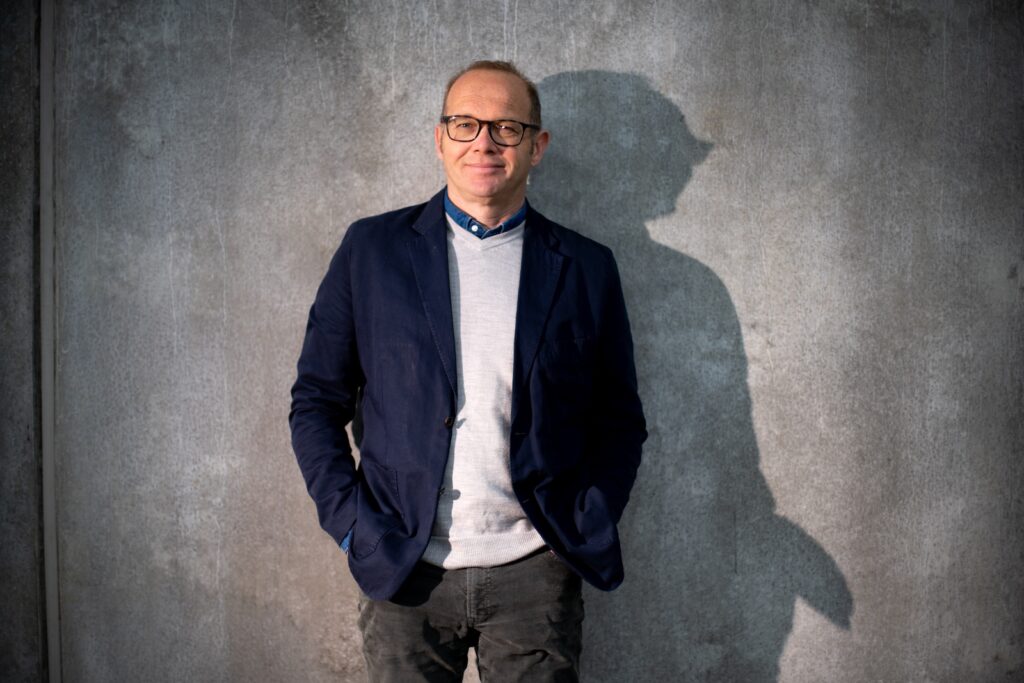
Let’s have a look at Syrah – this is ‘Sea Syrah’. This will be the first release of that. Obviously, here, with it being a bit cooler at night, and the picking is a bit later than the Gravels, we tend to see a bit more freshness in the wine. A bit more acidity and fragrance.
WF: I do think that in New Zealand Syrah, for me the fragrance is the most important component. Because you can get a good robust wine, with decent weight and plenty of character, pepper and earthiness. But to balance that with more delicate, ethereal aromatics, and have that play-off of depth and lightness… to me, that’s the holy grail for Syrah.
HC: And for a lot of wines in fact. Having that, even in the Bordeaux blends – having a floral character. We’re quite excited about the Syrah out here. It’s a more challenging site to grow it on, but it’ll be stylistically more like Pinot Noir if you like. I think this site will show up well. However, now – this is the ‘Earth Syrah’ from the 2020 vintage.
WF: Oh wow. Yes, much darker, muscular and brooding.
HC: It will be really interesting to have the Earth, Sea, Stone product and put it in front of people. Some will prefer the lighter style, and some will go for the darker, richer one. I’ll show you Airavata whilst we’re in here. This is a blend of Gimblett Gravels and Bridge Pa. 40% from Earth, in Bridge Pa. So not as rich and ripe, with the balance of Gravels fruit in there.
I think the Earth, Sea, Stone part of who we are is going to be an important part of our future. Letting those vineyards speak and showing the difference in the wine style, and not trying to dumb either of them down. The highlights of the Sea Syrah will be fragrance and perfume, with more acidity and Pinot-like. What we do in the winery won’t change too much. We want to make wines that are characterful as well. Character of place. Rather than try to change everything to a medium of what we think the perfect style is. Not being afraid of certain vineyards showing certain characters. With the Chardonnays and some amazing sites, there’s an awesome opportunity to lift that even further.
WF: One of the troubles of being a wine writer is having to predict the future – I can only taste what’s in my glass in front of me, but hopefully I’ve tasted enough great wine to be able to say ‘this wine is good now, but in ten years time will be amazing’. And that only really comes with experience, of drinking wines that have been cellared well for ten years. It must be like selling wine – you ask someone to pay $120 for a bottle, but then in the next breath say ‘but don’t drink it for ten years’. And then ask them to come back next year and buy more – still before they’ve drunk the first one! (laughs).
It’s where the Library Release wines really help. I was sent a 2015 Hieronymus as well as the current release, and it’s good to be able confirm that the direction is good for where the wine is going.
HC: I think a lot of it is about structure, but producing wines that have approachability. Wines that can be drunk young as well. Sure, you might need to air them a bit and have them with food, but that’s definitely an aim of mine – to make wines that can be drunk young, but will get better when they’re older.

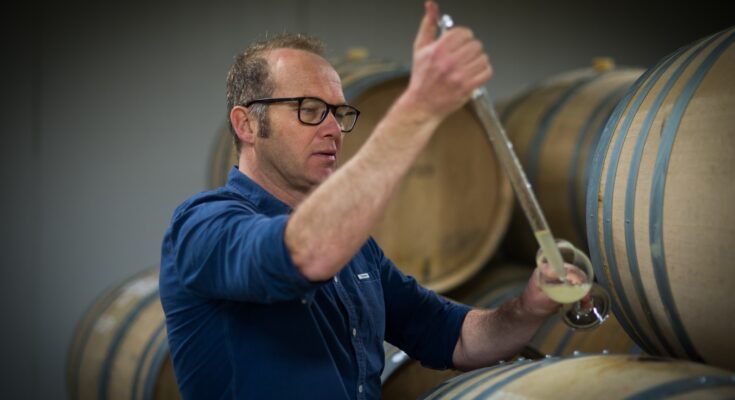
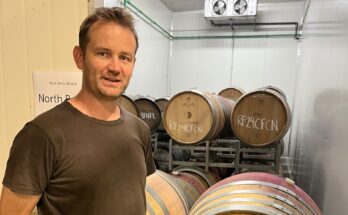


One Comment on “Winemaker series: Hugh Crichton”